Have you ever heard of Ferrara, Italy? Probably not. However, Ferrara is a beautiful city that deserves to be on every Italy travel itinerary. Read further and discover the many things to do in Ferrara and the stunning landmarks that make this charming city in northern Italy.
This post contains affiliate links to a few carefully selected products or services. If you make a purchase, I receive a small commission at no extra cost to you.
A deep blue sky, dotted here and there by bright white clouds, welcomed me to Ferrara, one of the many enchanting cities of the Emilia-Romagna region. At first sight, the city appeared to me like an elegant woman, classic and classy, gorgeous and at the same time discreet.
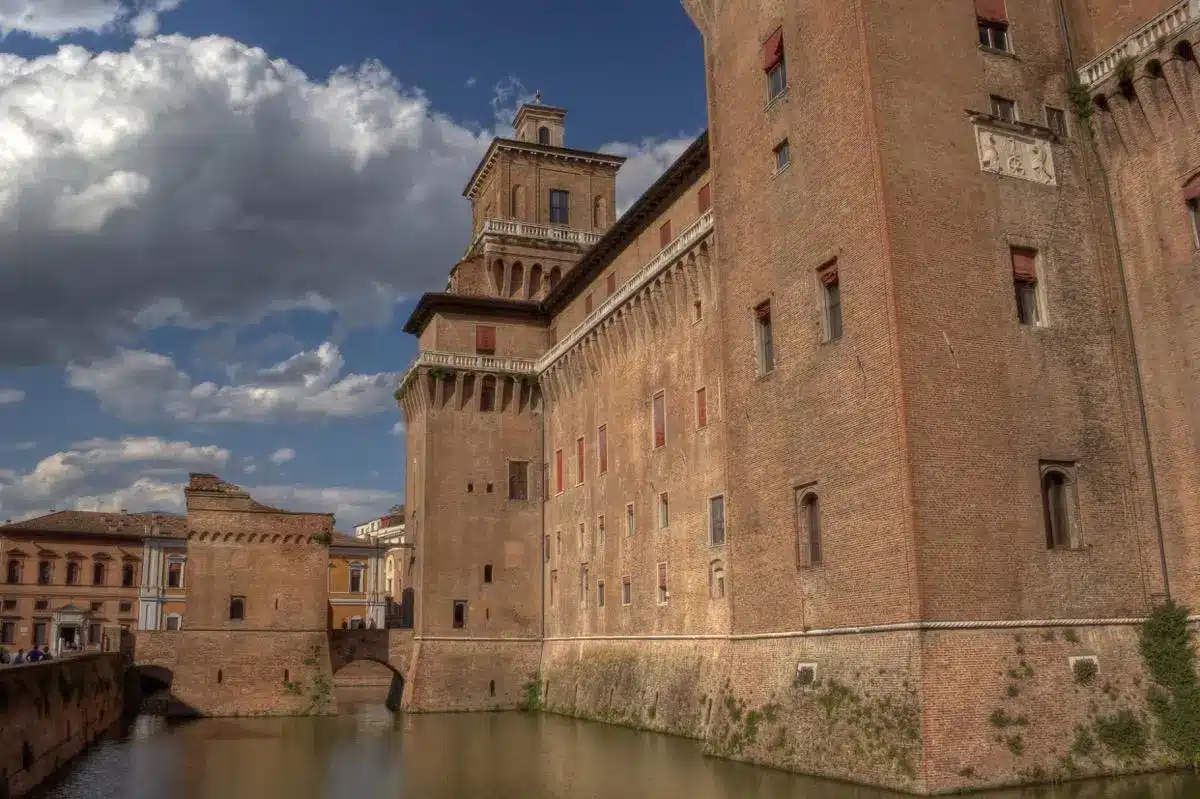
Once again, as often happens when I stroll around the many hidden gems in Italy, I felt in awe. Ferrara is undoubtedly beautiful, but there was more to it. The feeling that this is a town where it would be nice to stop for a while, a place where people are not only surrounded by beauty but where the quality of life is excellent.
But let’s start by putting things in context.
Visiting Ferrara: Know Before You Go
How to get to Ferrara: You can easily reach Ferrara from Bologna by train (30-40 min). From Ravenna, the journey is 70 min, while from Venice to Ferrara, the train takes about 60-70 minutes. Check the timetables and buy your ticket. However, if you want to explore more of the Emilia Romagna region, you may want to rent a car. Check out the best prices on Rentalcars (that’s where I usually rent cars).
Getting around: Ferrara is relatively small, so you can walk almost everywhere or rent a bike.
Where to stay in Ferrara:
- Princess Art Hotel is conveniently located near the main Ferrara attractions and beautifully decorated with period furniture.
- If you like colors and creative furnishing, look at Boutique Hotel Ferrara. It’s close to the ramparts and the train station and offers private parking (15 euros/day) and bicycle rental.
- Borgoleoni 18 is a delightful Bed & Breakfast featuring contemporary decor. The Estense castle and other Ferrara landmarks are only minutes away.
- More accommodations in Ferrara.
Ferrara History in a Nutshell
Ferrara boasts a rich history that spans centuries and reaches its climax in the Renaissance era when it played a significant role in the cultural and political landscape of the Italian peninsula. While Florence was the cradle of the Italian Renaissance, the movement spread throughout Italy in a heartbeat, flourishing in other cities of Tuscany and also in Venice, Naples, Rome, and other smaller towns.
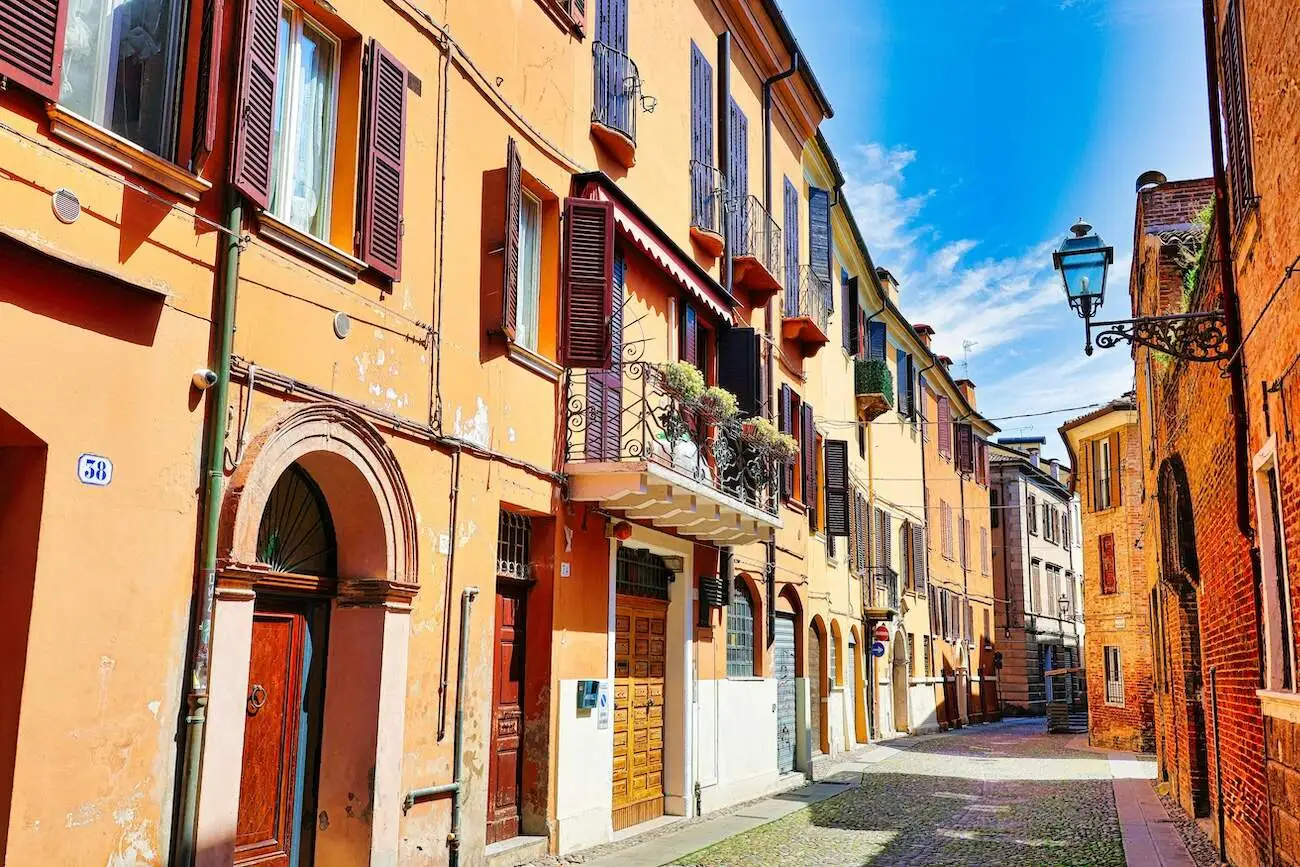
The Lombards founded the city in the early Middle Ages. However, like Mantua, shaped by the Gonzaga family, the splendor of Ferrara is strongly linked to the House of Este, the dynasty that ruled the city from the 13th to the end of the 16th century. The Este transformed the city into a flourishing center of art and culture, and in the 15th and 16th centuries, Ferrara reached the height of its cultural influence. The court of the Este family was a vibrant hub for the Renaissance humanism movement, fostering the works of poets Ludovico Ariosto and Torquato Tasso and painters Cosmè Tura and Dosso Dossi. The city’s architecture from this period, including the magnificent Este Castle and the intricate Palazzo dei Diamanti, stands as a testament to its Renaissance glory and the innovative urban planning that earned Ferrara a UNESCO World Heritage status.
The city’s fortunes shifted in 1598 when the Papal States annexed it following the death of Alfonso II d’Este without a legitimate heir. As a result, the city entered a period of decline. However, Ferrara’s legacy endured through its architectural and cultural heritage. In the modern era, Ferrara has revived its historical significance, attracting tourists to explore its medieval streets, Renaissance palaces, and the lush surroundings of the Po River Delta.
Best things to do in Ferrara
Discover the magnificent Este castle
The highlight of the city, and one of the best things to do in Ferrara, is the medieval Estense Castle, whose imposing shape reminisces of the 1385 riots that led to its construction by the will of Niccolò II d’Este. The fortress’s function was to defend the nobles, and it became a symbol of the despotic power that eventually subdued the revolt. Surrounded by a moat that captures its reflection, Ferrara Castello Estense is nothing short of majestic.
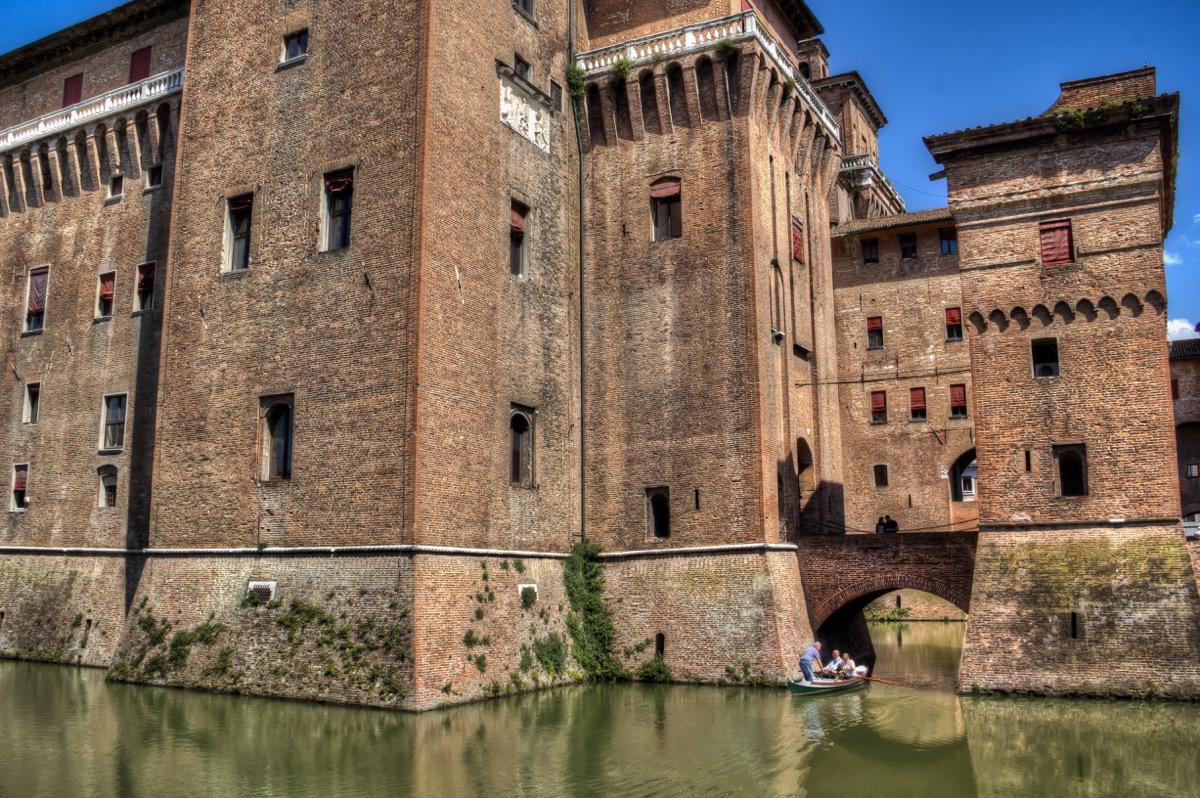
However, since the late 15th Century, the castle progressively lost its defensive purpose and became the residence of the Dukes of Este. As a result, some of the finest local artists of the time worked on exquisite decorations, which are still partially visible and give a fair idea of how magnificent the Ferrara castle was during the Renaissance. Therefore, don’t stop at the Este castle’s evocative exterior and take some time to visit the beautiful interior, with its frescoes and delightful decorations.
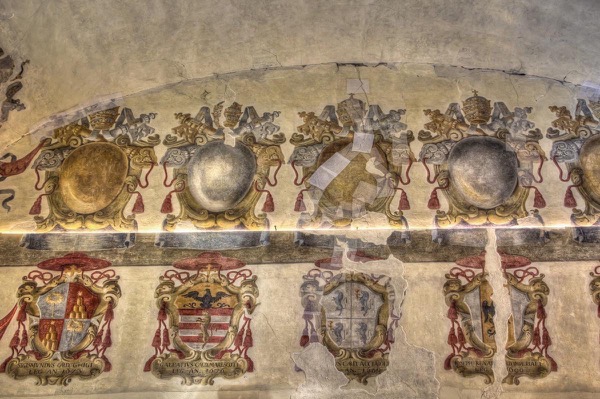
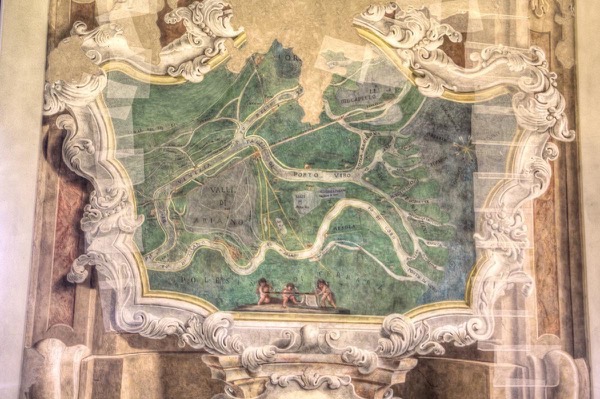
Admire the iconic ‘Palazzo dei Diamanti’
If the Este Castle is the city’s highlight, the magnificent ‘Palazzo dei Diamanti‘ is one of the most famous palaces in Italy and a must-see in Ferrara.
A milestone of Renaissance architecture, the palace owes its name – The Palace of Diamonds – to the incredibly original decoration of the external walls: about 8,500 blocks of marble, carved and shaped like diamonds. Built between 1493 and 1503, the Palazzo dei Diamanti remains one of the unsurpassed examples of Italian Renaissance architecture.
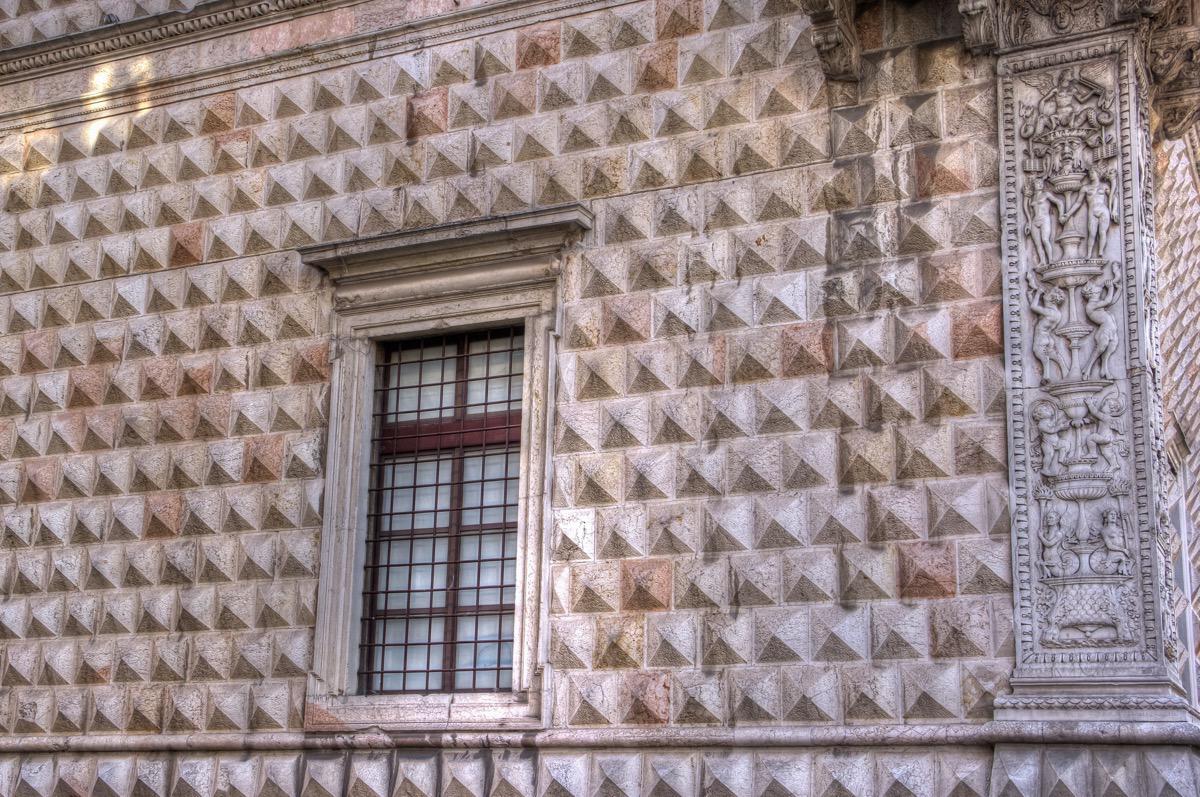
In 1832, the municipality bought the building and converted it into a Museum and exhibition space. Today, Palazzo dei Diamanti hosts the Pinacoteca Nazionale of Ferrara and temporary exhibitions of renowned Italian and international artists.
Marvel at San Giorgio Cathedral
San Giorgio Cathedral is another landmark that you should include among the top things to do in Ferrara. The cathedral is a delight for art and architecture lovers, who won’t be disappointed. Whether it’s San Marco in Venice, the Duomo in Milan, St. Peter in Rome, or Santa Maria del Fiore in Florence, each of these cathedrals is unique and spellbinding.
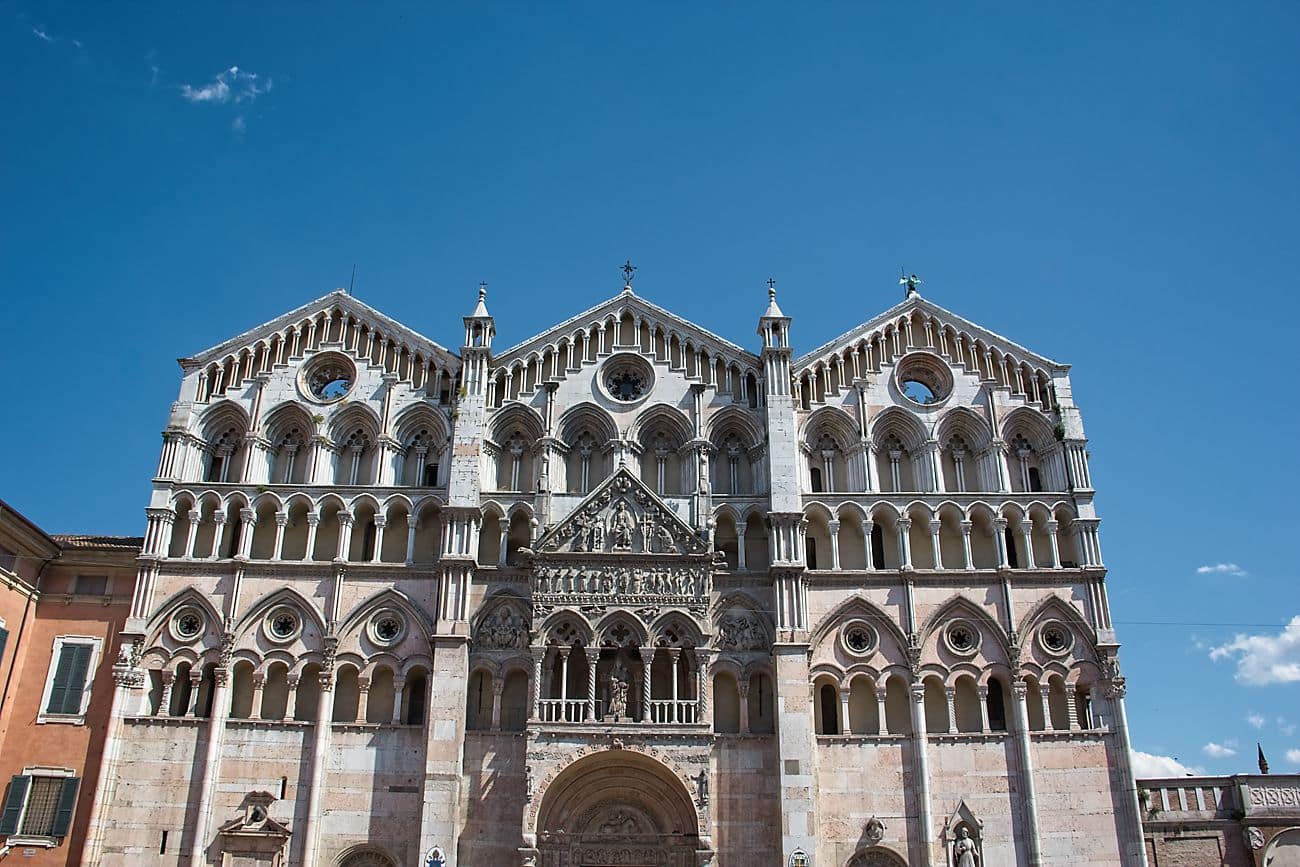
San Giorgio cathedral in Ferrara, dating back to the early 12th century, stands out for its magnificent Romanesque and Gothic facade. Inside, the cathedral underwent several refurbishments over the centuries, and you can now admire the imposing Baroque structure and opulent decorations. Don’t miss visiting the apse choir, with the beautiful Final Judgment fresco painted by Bastianino, who took inspiration from Michelangelo’s masterpiece in the Sistine Chapel in Rome.
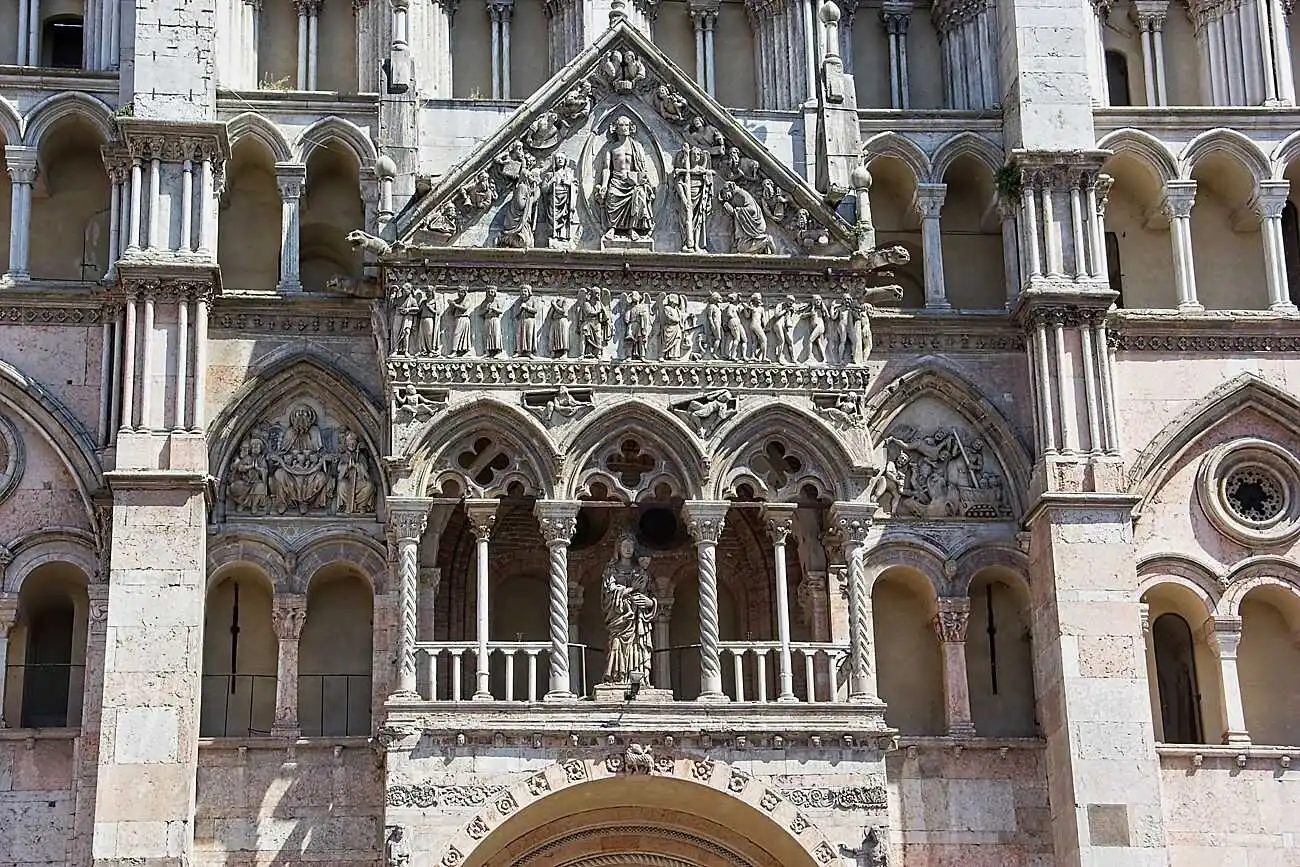
Following the earthquake that hit Emilia Romagna in 2012, the cathedral closed in 2019 for restoration and consolidation works and reopened to the public in March 2024.
Admire Piazza del Municipio
Piazza del Municipio, the Town Hall square, is only a stone’s throw from the cathedral and not far from the Ferrara Este castle. The element that will immediately draw your attention is the monumental staircase, painted a bright ochre color that reminded me of the colorful Sintra Palacio da Pena in Portugal. This rather unusual and unique staircase dates back to the second half of the 16th century.
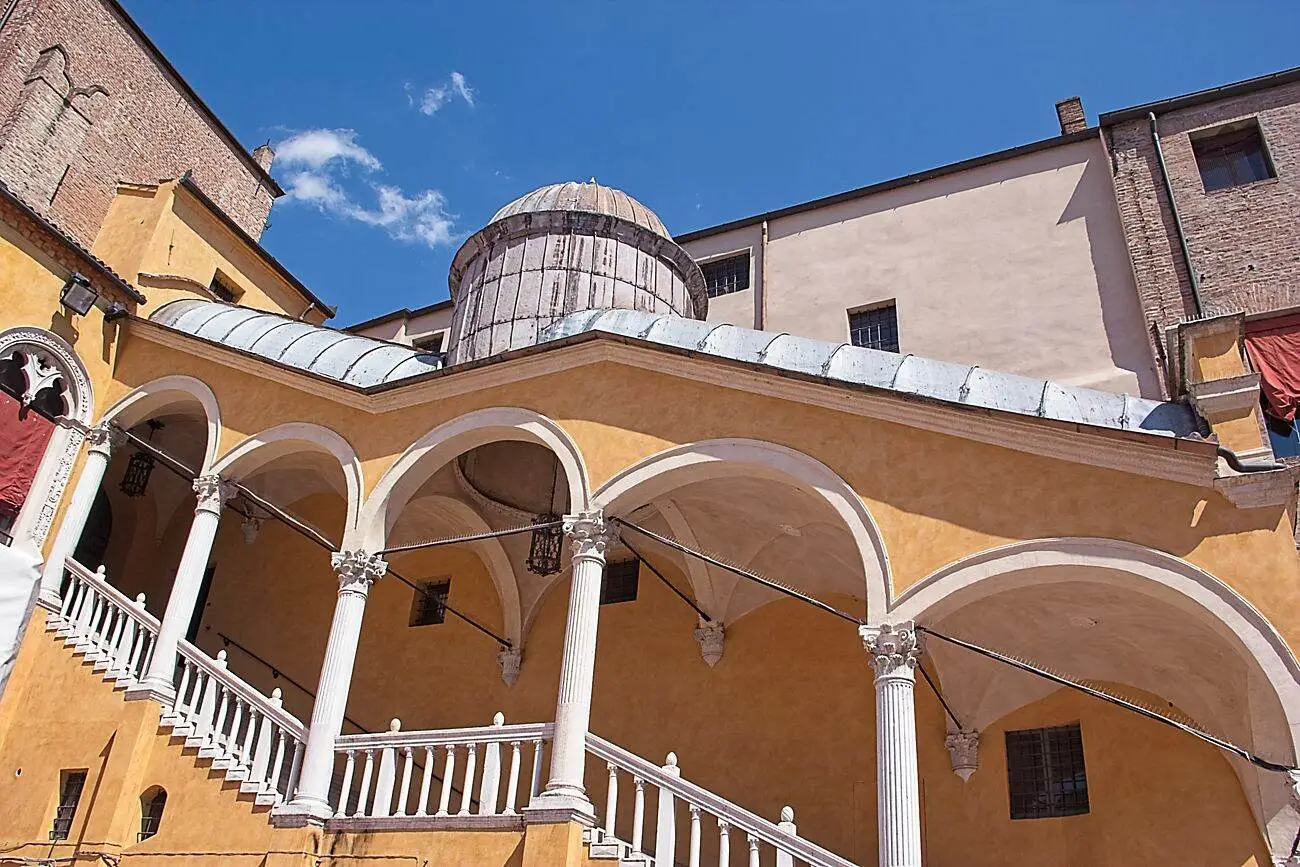
The Town Hall square, which once housed Ferrara Ducal Palace, was erected in the 13th century, like the upper Gothic part of the cathedral. The Este family lived in the Palace until their rule over Ferrara ended in 1598. Compared to the relative sobriety of the external architecture, the interior reveals the opulence of the House of Este. The magnificent frescoes adorning the walls and ceilings will take your breath away!
Stroll in Via delle Volte
If you want to step back in time and get a taste of the Middle Ages, don’t miss having a stroll in Via delle Volte (the street of the vaults). Imagine a narrow cobblestone alley lined by red brick houses and crossed by ancient vaults and archways. You can hardly imagine a more picturesque spot, so have your camera ready.
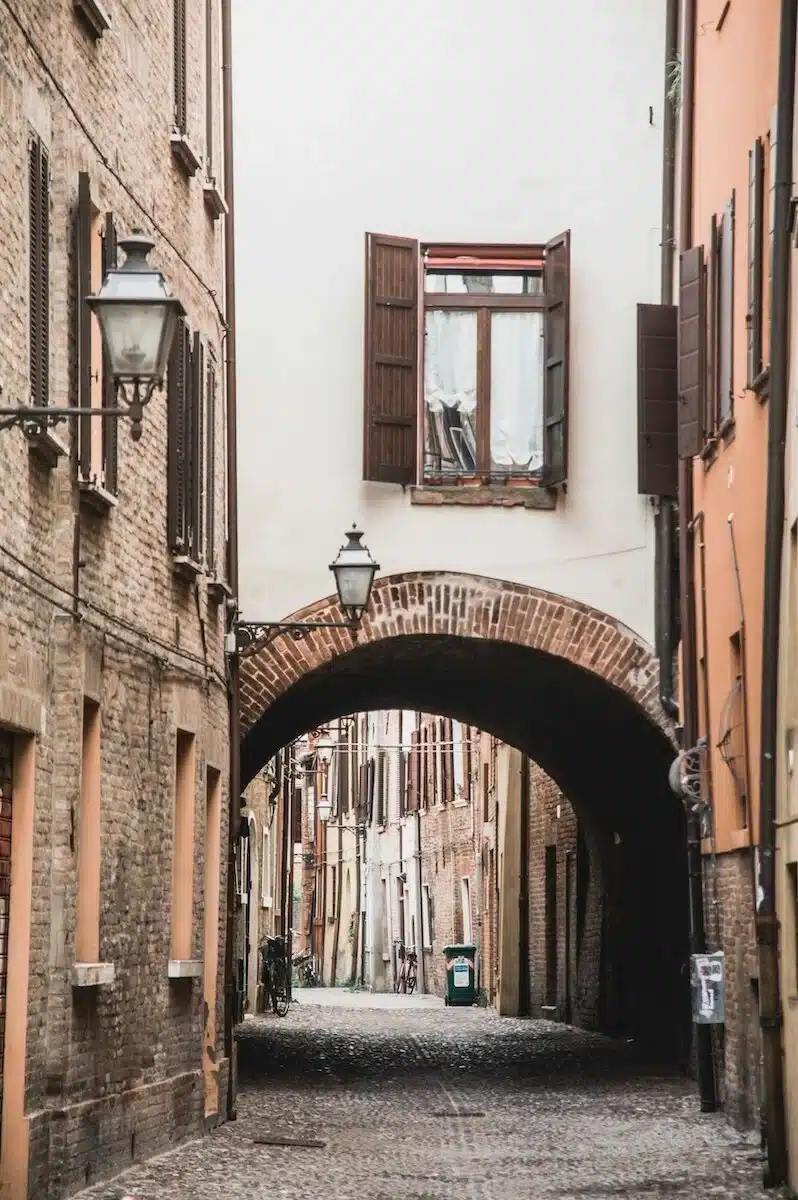
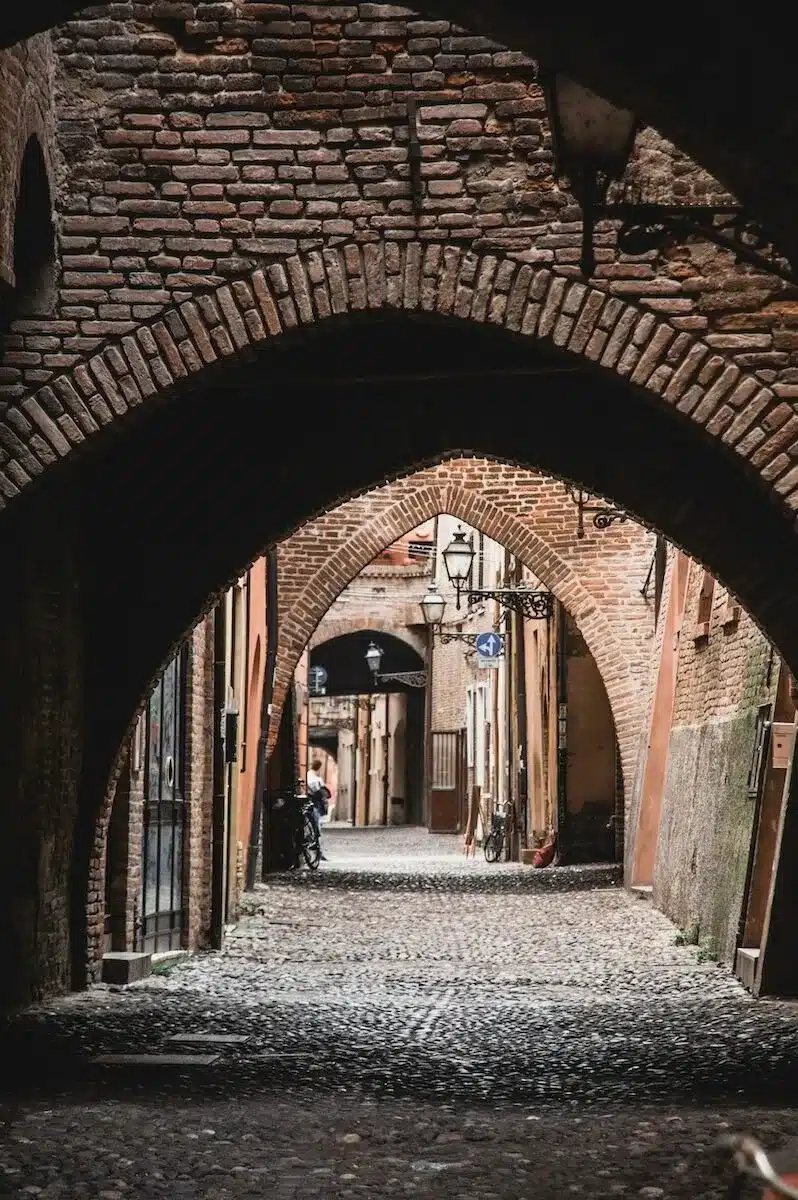
Be amazed by the stunning Palazzo Bentivoglio
Palazzo Bentivoglio took my breath away with its late Renaissance structure and magnificent façade. In its proportions, sculptures, and decorations, I could once again see the miracle of Italian creativity, feeling blessed to live in a country like no other in terms of art and architecture.
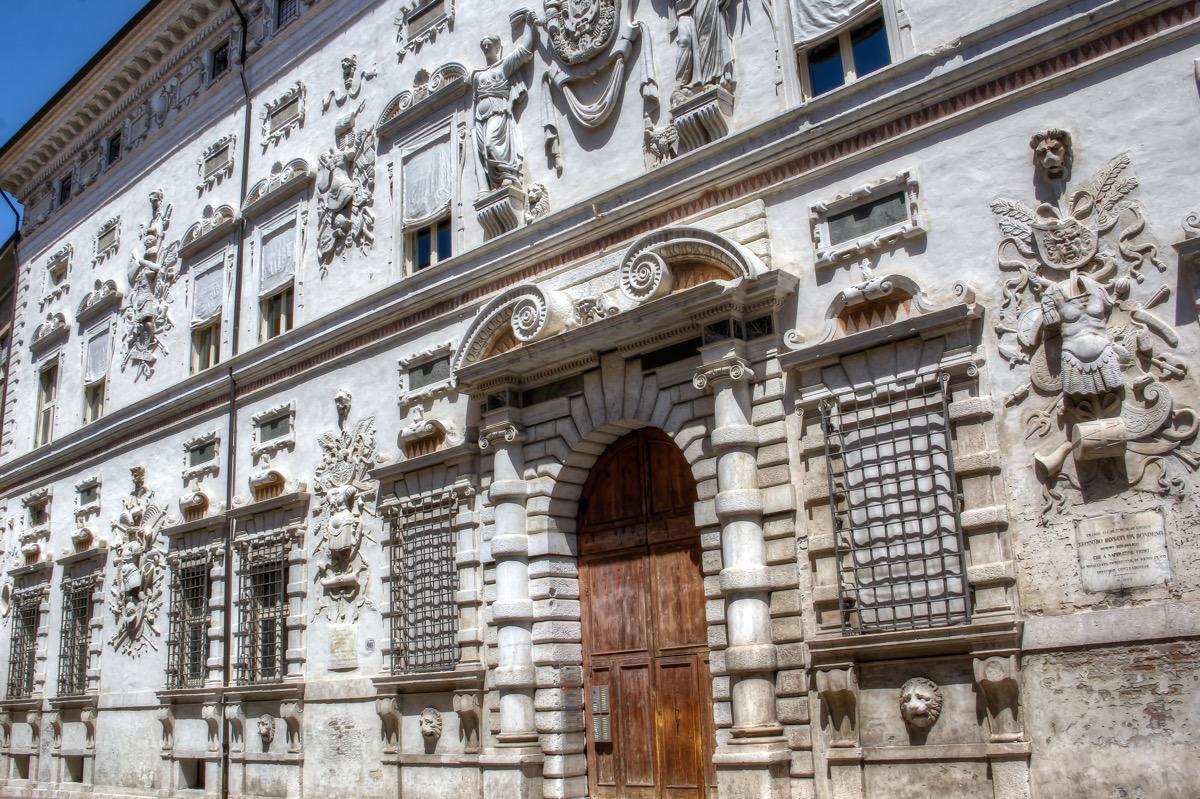
Duke Borso d’Este commissioned the construction of the palace in 1449 as a gift to his counselor, Pellegrino Pasini. However, in the 16th century, the palace’s ownership passed to the Bentivoglio family from Bologna, hence the name. Subsequently, in 1585, the Marquis Cornelio Bentivoglio had the building undergo a refurbishment. The result is a magnificent facade in Mannerism style.
Given its beauty and opulence, it’s no wonder that Palazzo Bentivoglio hosted Napoleon in 1796. It is now a private palace housing wealthy people and prestigious offices.
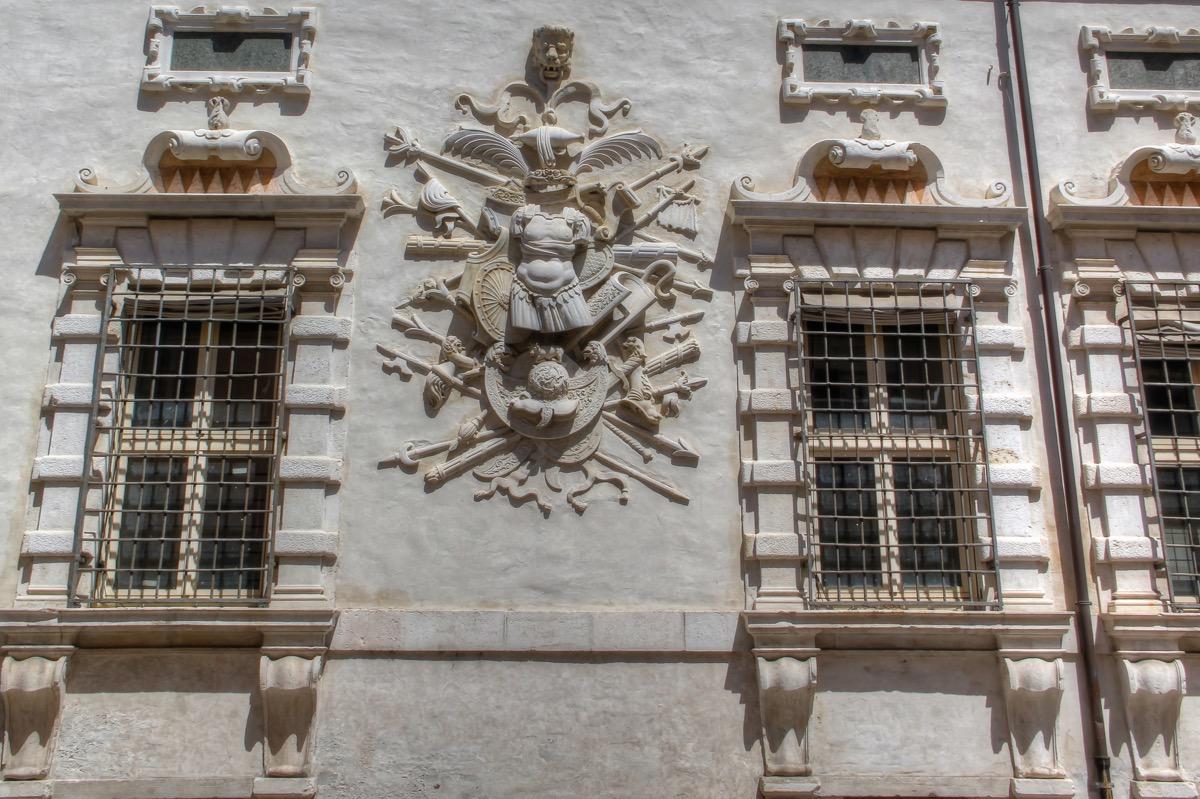
Walk or cycle the ancient ramparts
Like many medieval cities and hilltop towns in Italy, Ferrara was surrounded by ramparts. They are still well preserved and are a popular gathering place for locals and tourists. Walking or cycling is the best way to enjoy the 9 km of ancient walls.
I hired a bicycle and had a lovely time leisurely pedaling along the ramparts, enjoying the greenery and city views.
Savor the peace at Ferrara Charterhouse
If you cherish silence and peacefulness as I do, add the Monumental Charterhouse to your Ferrara itinerary.
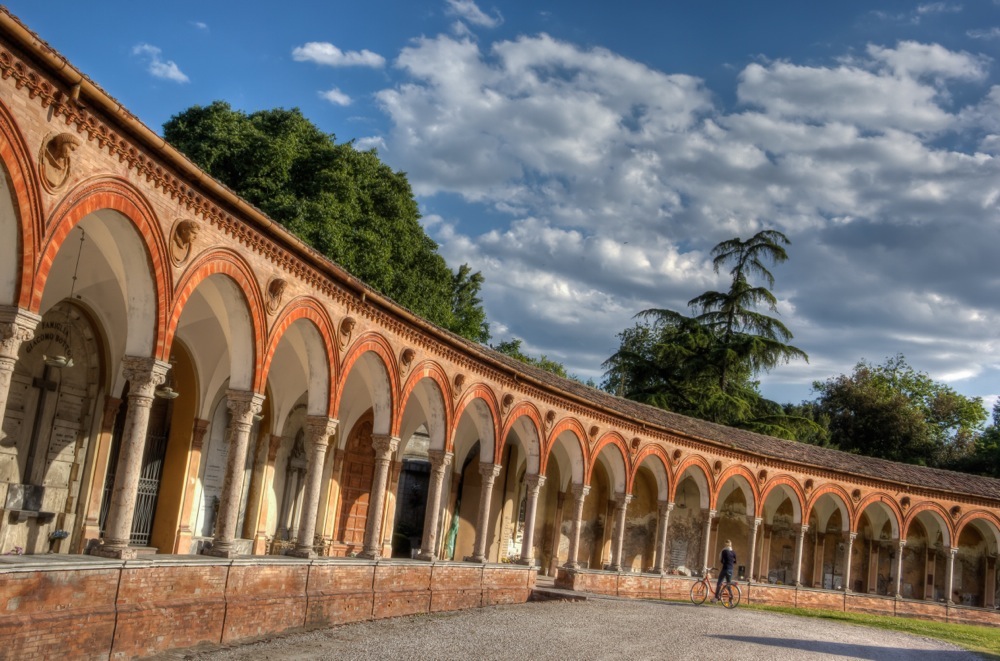
The Charterhouse was founded in the mid-15th century as a Carthusian monastery. However, with the Napoleonic invasion, the monks abandoned the monastery. At the beginning of the 19th century, the building became a cavalry barracks for a few years. Eventually, in 1813, the Charterhouse turned into a monumental cemetery.
In summary, if Ferrara was not on your radar before, I’m pretty sure it will be now. There are so many fantastic things to do in Ferrara that you can easily spend a couple of days there.
Map:
Pin for later!
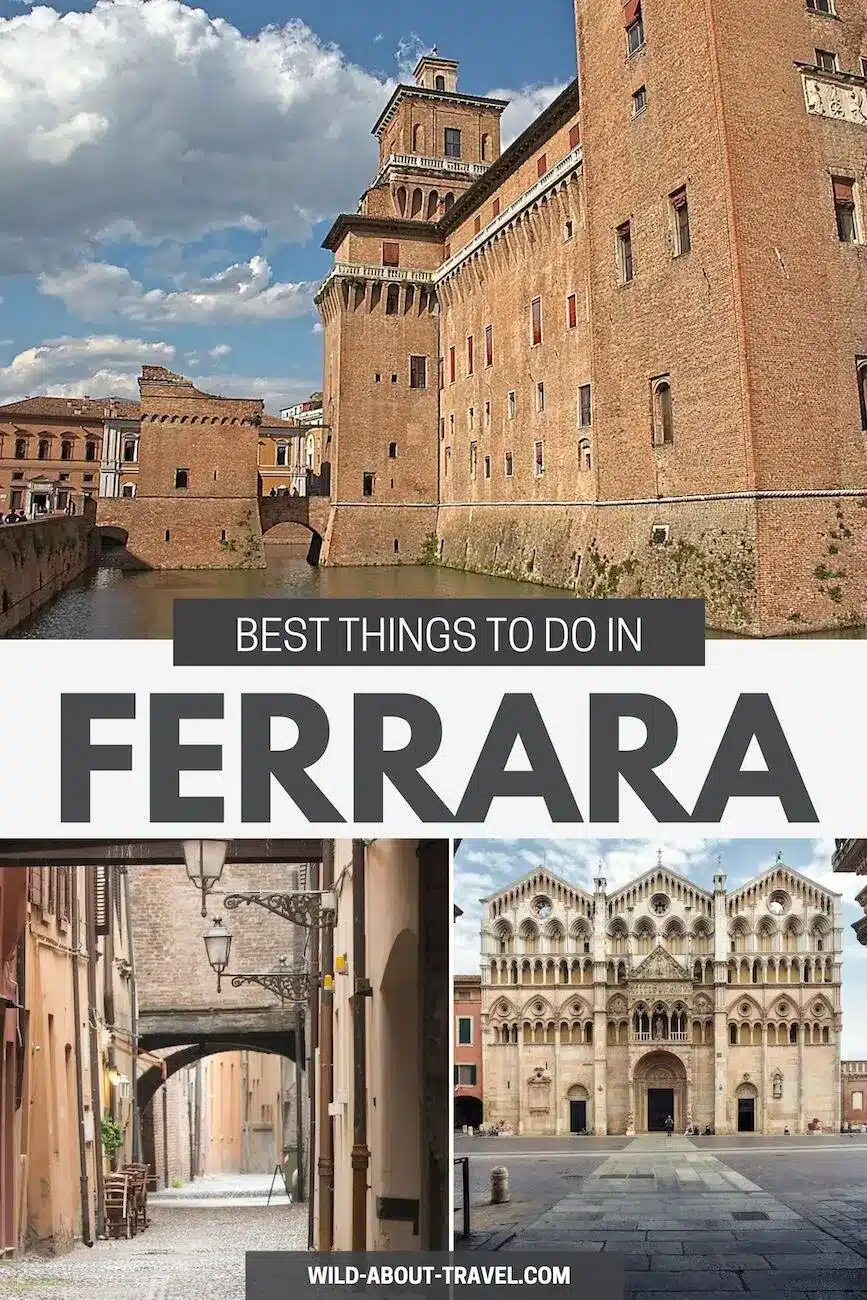
_______
Note:
This post was brought to you as a result of the #Blogville campaign, created and managed by iambassador in partnership with Emilia Romagna Tourism. As always, the opinions are only my own.

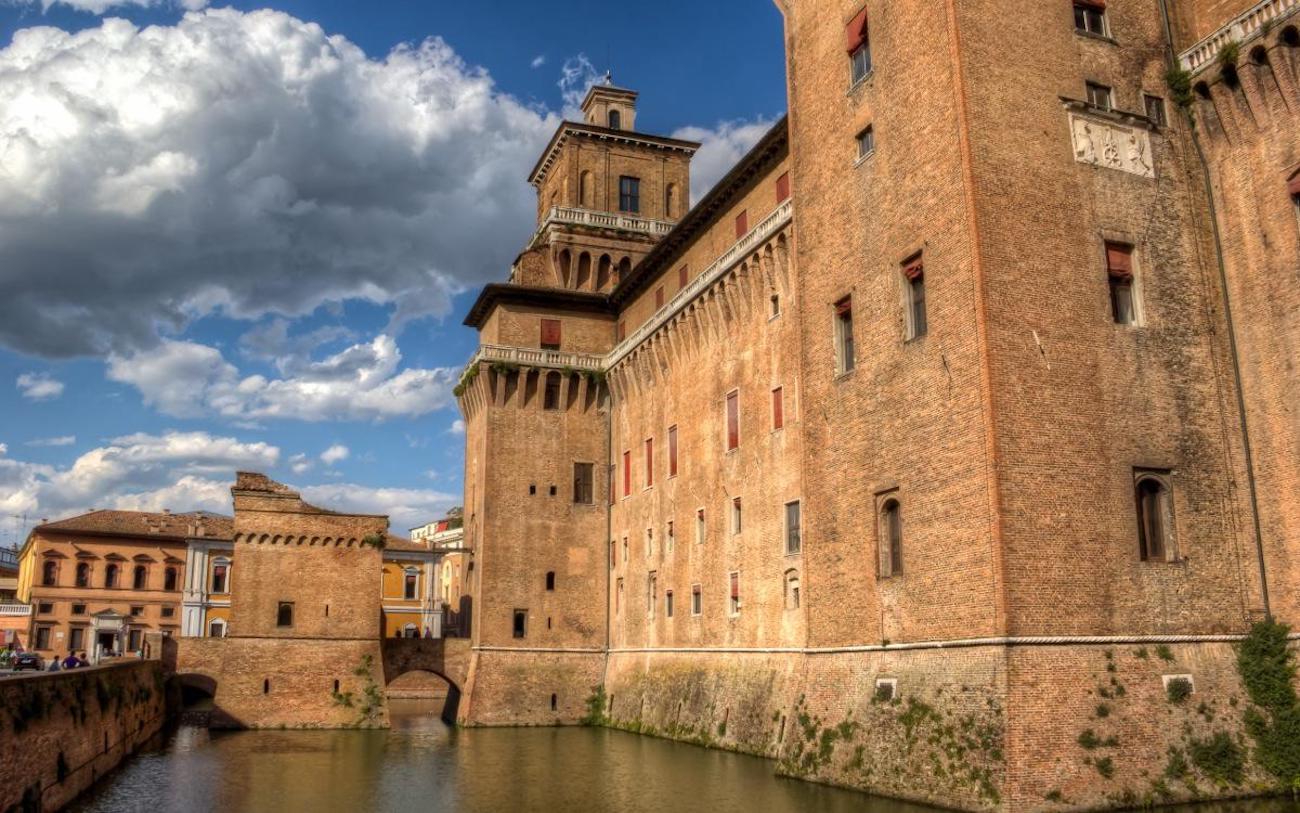


Ferrara does indeed look classy and beautiful. There’s definitely more to Italy than the “big” sites of Venice, Rome, Florence… Have to visit some day…
Simon, Gorgeous photos. For some reason, I never stopped as I went by Ferrara. Next time!
What a beautiful city. It amazes me that there is so much to see in Italy that most people have not heard about yet.